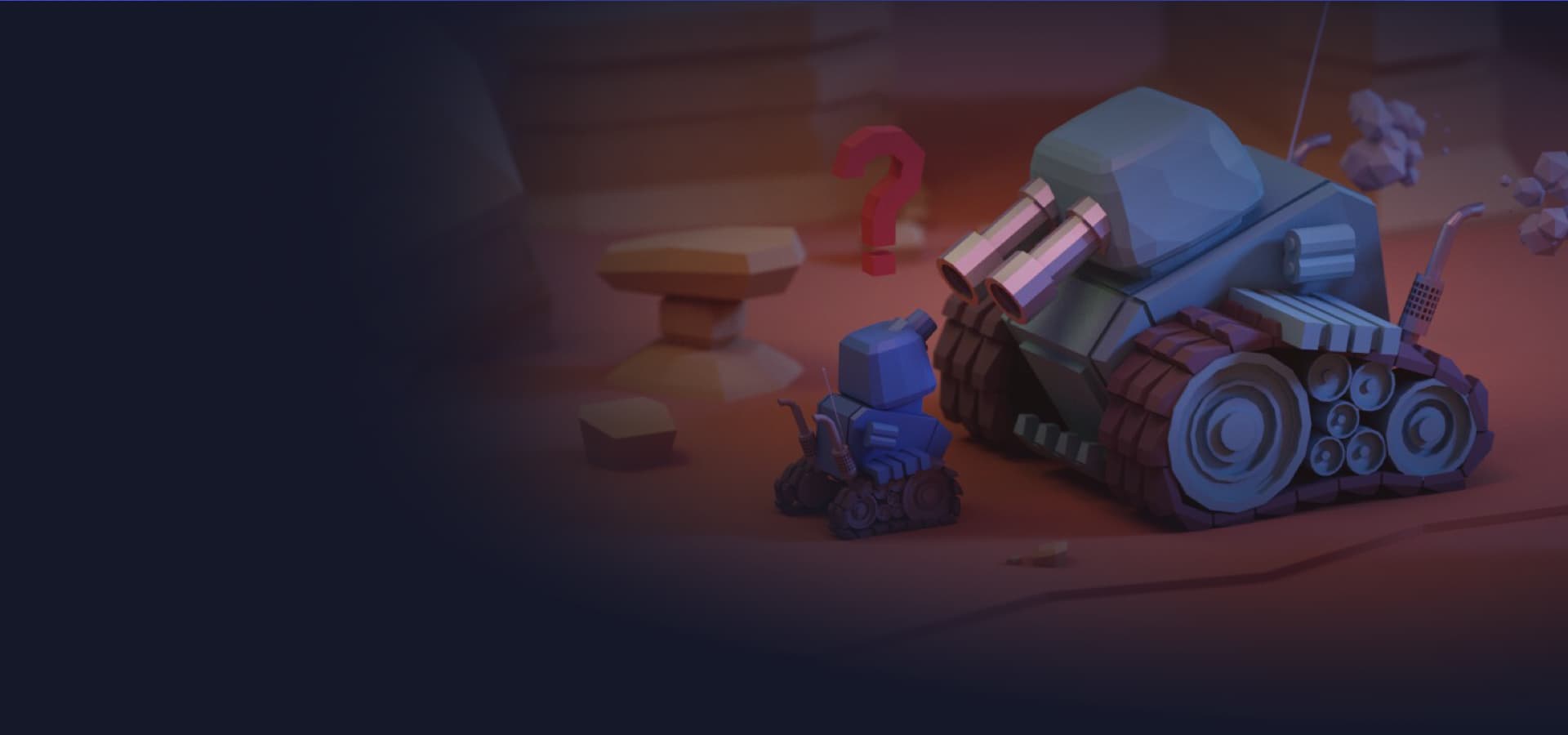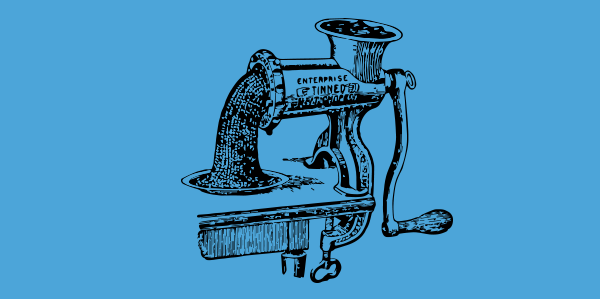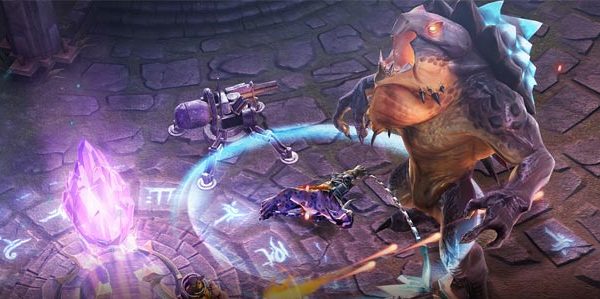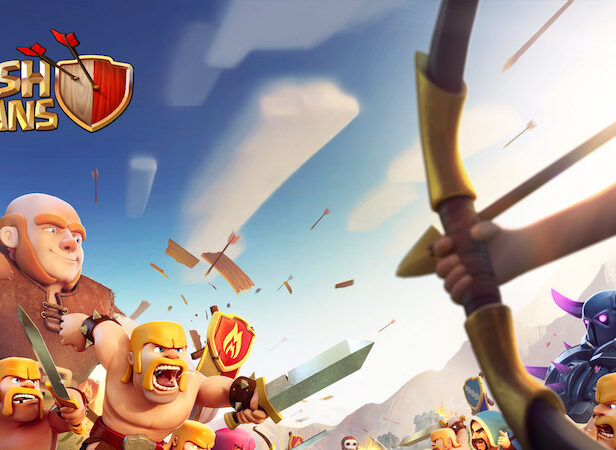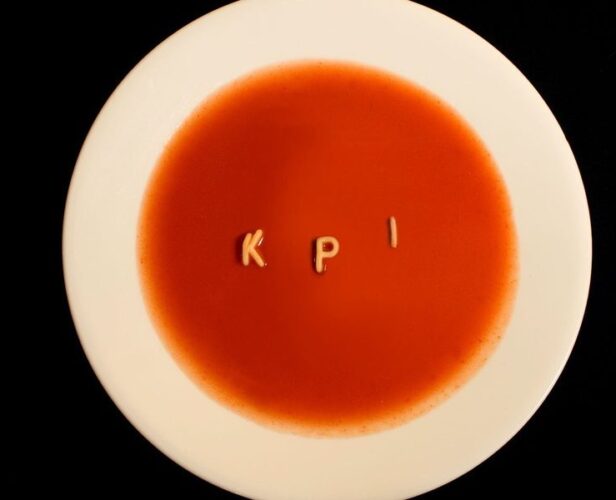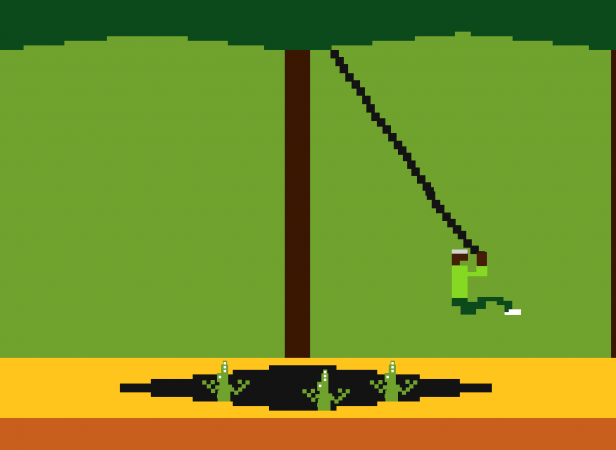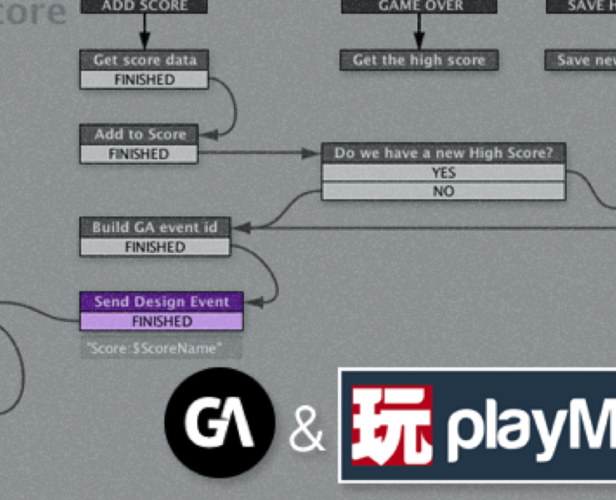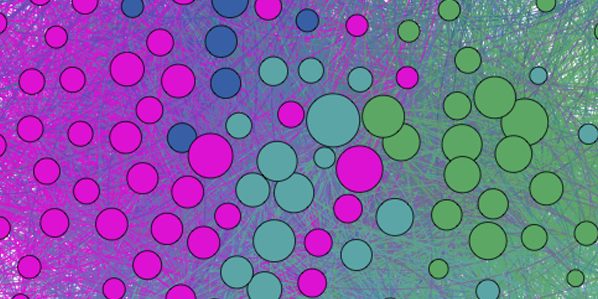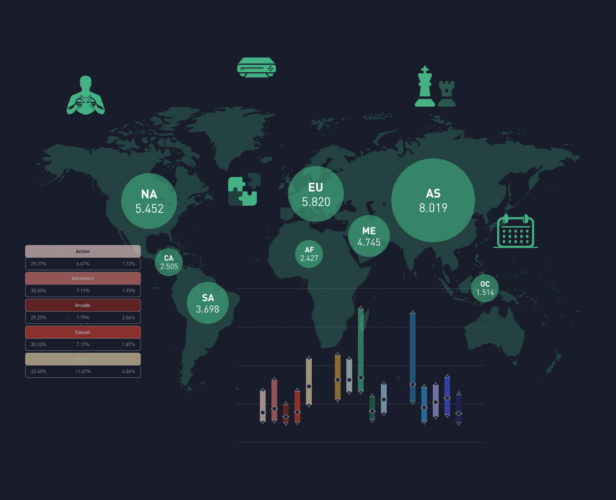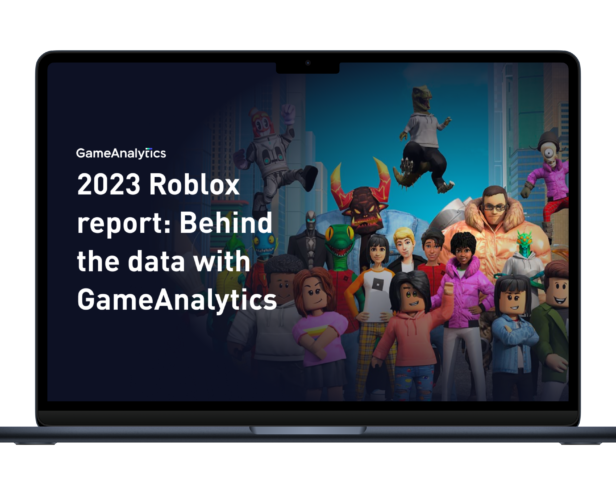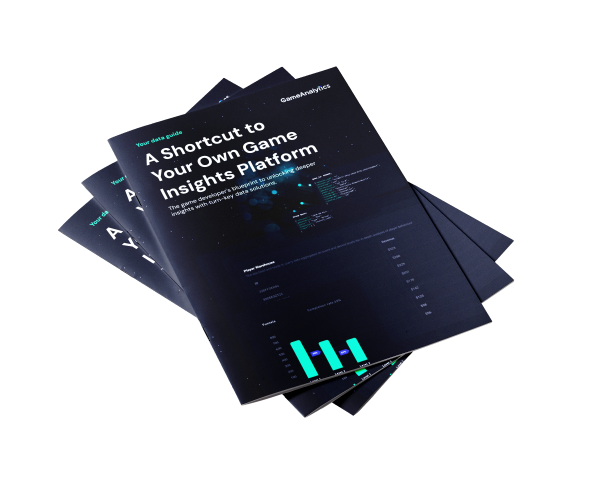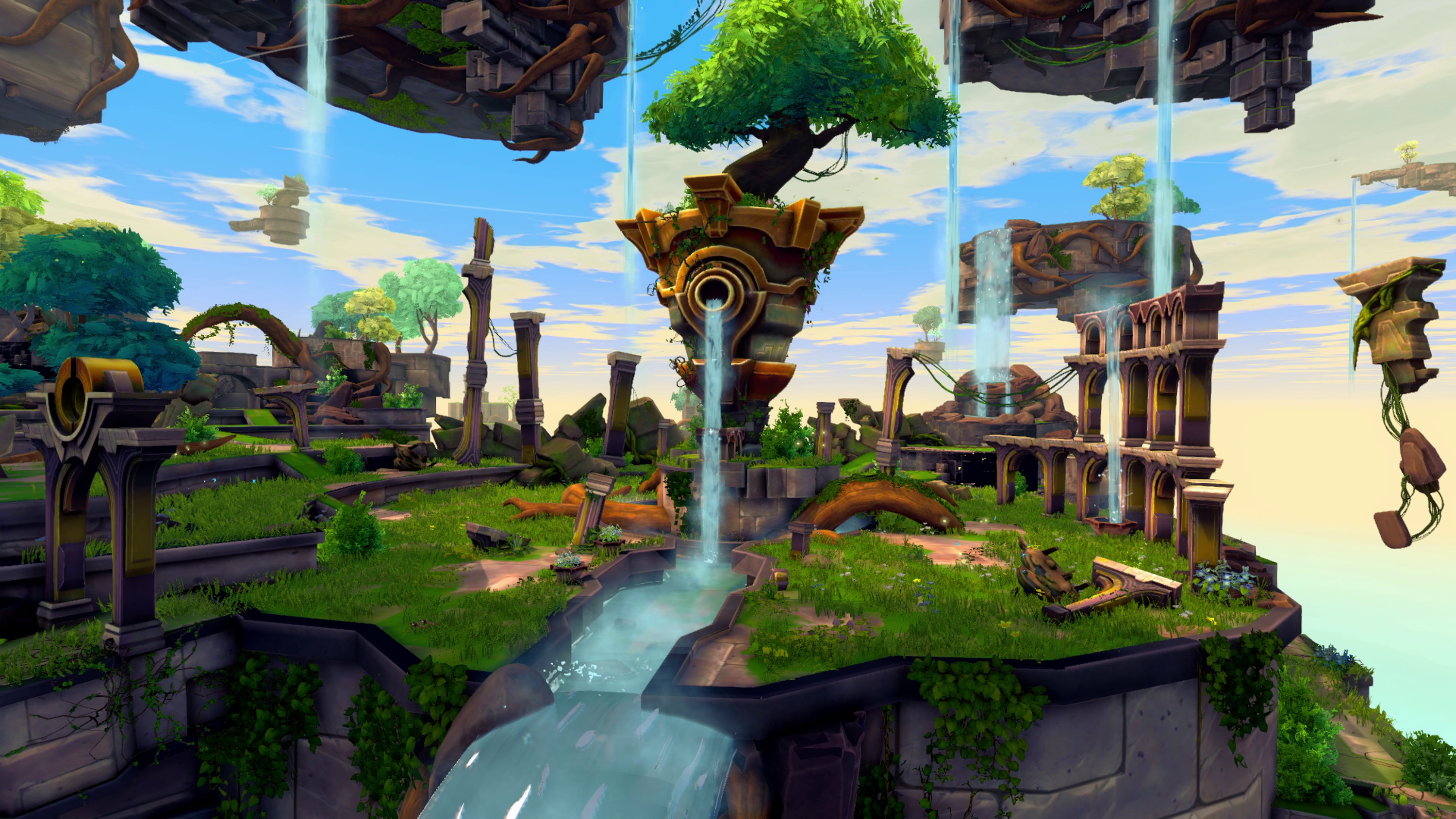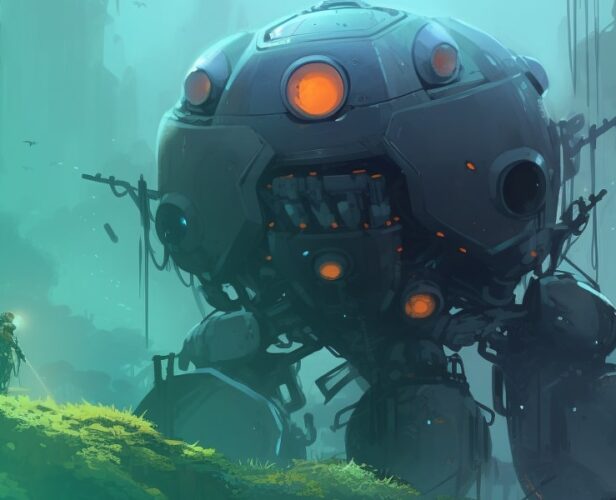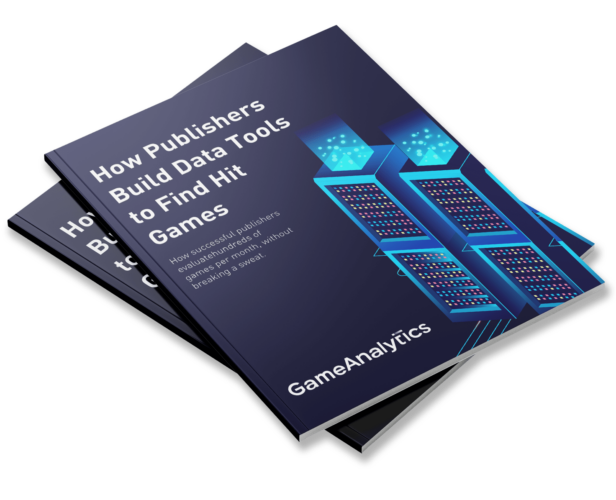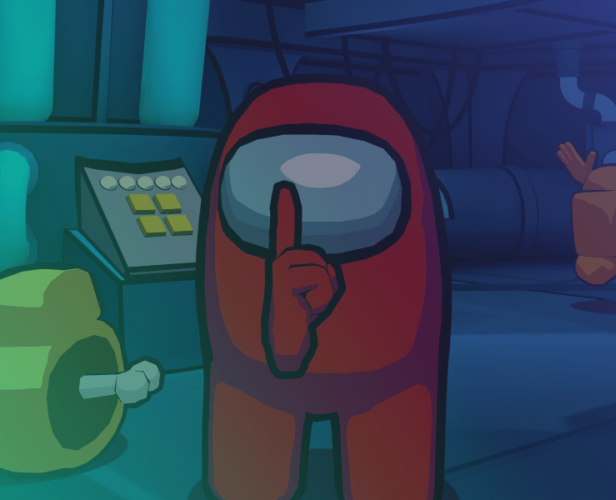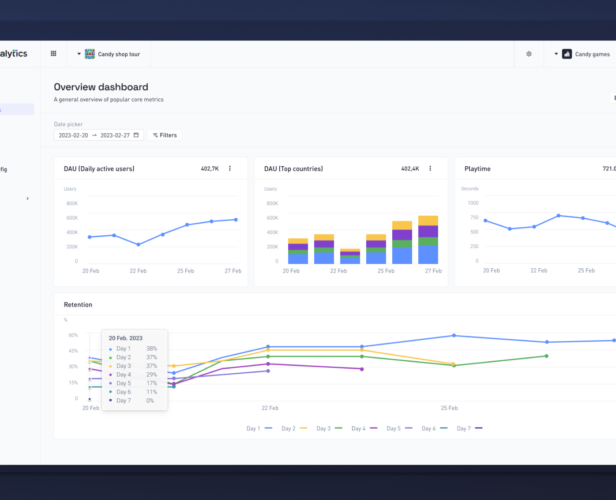Resources > All
Insights and tips about the games industry
Subscribe for gaming insights, industry reports and product updates delivered straight to your inbox.
#Game Design
Quit the Grind: Other Ways to “Level”
In many RPGs you reach a point when battles are neither novel nor challenging, when you’re just going through the motions for gold or experienceーalso known as grinding. It can kill any momentum the game had going, and it turns play into work. The problem is that grinding is hard to avoid in the standard RPG formula where each battle pushes you closer to the big “level up.” You’re inherently rewarded for grinding, and sometimes forced to by sudden jumps in difficulty. Many classic RPGs have explored alternatives here, tooーlet’s see how they handled “leveling up.” LIMITED NUMBER OF ENEMIES This is the most simple solution- you can’t grind if there aren’t any more enemies! This is used by many Strategy RPGs (Fire Emblem, Front Mission, etc.) that they are divided into stages with a set numbers of enemies. This...
#Game Deconstructions
If Vainglory Doesn’t Make it, No One Will
In short: Vainglory is without a doubt the best MOBA that has been made for touch screen devices. It’s a giant fish in a very small pond that is the MOBA category on touchscreen devices. If the pond grows into an ocean, it’s only because of this game. Super Evil Megacorp’s (SEM) Vainglory is easily the most hyped mobile game of 2014 – and for a very good reason. Vainglory delivers a true multiplayer online battle arena (MOBA) with unseen graphics and a game engine that can run this piece of art at a massive worldwide scale on touchscreens. Vainglory is MOBA on mobile, not MOBA for mobile. It stays true to the genre with a large enough map, multi-dimensional champions, complex item strategies and long game sessions. In fact, the only casual part about this game is that it’s...
#Ads & Monetization
Soft Touches on Clash of Clans Monetization
I’ve met a lot of fellow free-to-play-game developers recently and talking about games always eventually turns to monetization. Talking about monetization inevitably turns to the big successes in the market, including Clash of Clans. I love Clash’s monetization design, as it’s very simple to understand from the player’s perspective. It doesn’t enforce payment at any point and it’s extremely clever in some of the subtle details that I think are driving the urge to spend money. Here are a few of the details I can’t remember reading about and which people sometimes don’t think are as obvious as I thought they were: First purchase value proposition Every single player I’ve talked to, purchases an additional builder as the first purchase. Builders are a massively constrained resource in the game and vital for the game pacing once you’ve built the first...
#Ads & Monetization
PvP Could Increase Your Game Revenue by 510%
The key to success and drawing revenue for any game is to be fun to play. Shocking huh? I’m sure you had already figured that out on your own. What you might not be entirely aware of is the importance engagement has over game revenue, and a simple way to improve it. A recent study by Kongregate reveals compelling data that shows that having a player vs player mode is a really powerful engagement tactic. Nothing beats human interaction when it comes to keep the players coming back for more. And more gameplay equals more chances of cashing in. Let’s break down the numbers of the study. I think you’ll be blown away! The more the merrier When players like the game and are engaged, they are closer to paying because they find value in doing so. We’re shown that...
#Data & Analytics
The science behind mobile game addiction
A great infographic on why players keep coming back for more...
#Data & Analytics
Predictive analytics set to become more valuable in light of rising CPIs
Say you produce and market mobile apps for iPhones. You have 1 million active users in the US. Now what are these users economically worth to you? Let’s do a little thought experiment: Say you were to sell them all at market cost-per-install (CPI) to other mobile developers. In January 2012 that would have yielded 1.3 million USD – very roughly speaking and abstracting from transaction cost and economies of scale. The same thought experiment would have generated around 2 million USD in December 2012. And by now, it would generate a staggering 3.4 million USD for you [1]. That’s quite a change, isn’t it? The industry is consolidating. A few main players generate big revenues and spend big on user acquisition. The market is crowded with pretty good apps, marginalizing viral and organic growth. For developers with thin capital...
#Data & Analytics
The Golden Curve: Determining Player Value in Freemium Apps
It is impossible to perfectly know the value of a user before they stop playing the game. You can only estimate it, i.e. make a statement about the probable value of a user. This is where the Golden Curve comes in, and Julian Runge tells you all about it in this article.
#Data & Analytics
Free to Play and Its Key Performance Indicators
David Xicota presents a glossary of the most relevant and common terms in the online games industry. They constitute the background of why it’s important to design games that engage with the players.
#Data & Analytics
Introducing Clustering IV: The Case of Tera Online
Anders Drachen, Christian Bauckhage and Rafet Sifa provide a couple of examples showing how cluster analysis operates in practice on player data and how to present the results of cluster analysis, in order to make them actionable. This is the last post in its series.
#Data & Analytics
Introducing Clustering III: Challenges and Pitfalls
Anders Drachen, Christian Bauckhage and Rafet Sifa take a look at the specific challenges involved when using clustering for game analytics.
#Tool & Product
The GameAnalytics-PlayMaker Integration Got Better
Jean Fabre about how well PlayMaker and GameAnalytics work together.
#Data & Analytics
Introducing Clustering II: Clustering Algorithms
Anders Drachen, Christian Bauckhage and Rafet Sifa briefly outline several classes of algorithms and discuss the types of contexts they are useful in. This is the second in a series of four posts.
#Data & Analytics
Introducing Clustering I: Behavioral Profiling for Game Analytics
Anders Drachen, Christian Bauckhage and Rafet Sifa introduce the foundations of cluster analysis for player behavior, and the background for why these kinds of techniques are useful for game analytics. This is the first in a series of four posts.
#Editor's pick
Game data pipeline: Building vs buying
As a large number of studios, publishers, and game developers are heavily relying on data to guide their decisions, they need to decide between building or buying. But which one is more efficient? To assist you in understanding the Total Cost of Ownership (TCO), we broke down the following key considerations: Setup requirements Cost calculation Team needs and recruitment
#Editor's pick
Mobile gaming benchmarks for Q1 2024
Uncover the industry’s performance with Q1 2024 benchmarks. Explore key metrics like retention rates and session engagement to benchmark your games against industry standards. What’s inside? Retention benchmarks for casual, classic, and mid-core games Session length benchmarks for games launched in North America, Europe, the Middle East, and Asia Session count benchmarks across 15 game genres
#Editor's pick
Grow your revenue with Xsolla Web Shop for Mobile Games
“Xsolla anticipated this seismic shift earlier this year, when we launched multiple products that are being actively used by some of the world’s largest game companies to increase profit and build closer relationships with their mobile and pc players. We’ve now combined these products and learnings into an elegant new solution called Xsolla Web Shop for Mobile Games,” said Chris Hewish, President of Xsolla. Through Xsolla Web Shop for Mobile Games, developers can expect significant revenue growth and can reach new players in new geographies previously unavailable to them. This solution solves many challenges developers face; such as discoverability, declining profit margins, lack of control over the user experience, access to localized payment methods, cross game marketing, more efficient user acquisition, effective collaboration with creators and influencers, and much more. Three industry-changing announcements make this opportunity more timely than ever:...
#Editor's pick
2023 Roblox report: Behind the data with GameAnalytics
Download a comprehensive report of Roblox player behavior and game performance based on GameAnalytics data from 2023. This report highlights critical benchmarks and insights to help Roblox creators optimize their games. What’s inside? Devices analysis Players’ daily session frequency Average revenue spent per user Session length and count benchmarks Retention benchmarks Revenue benchmarks
#Editor's pick
The Game Developer’s Handbook to Mastering Data Solutions
Data is the key to success in the ever-evolving landscape of game development. Explore this guide to transform your data into insights using our turn-key data solutions. What’s inside? Our comprehensive guide explores cost-saving strategies and real-world applications for advanced use cases. Learn how to seamlessly integrate data sources, unlock detailed player insights with Player Warehouse, access real-time data with Raw Export, and ensure data privacy compliance.
#Case study
Developing a #1 VR MMO: Ramen VR’s Journey with GameAnalytics
Discover how Ramen VR used data-driven game development to launch "Zenith: The Last City", which became the #1 bestselling game all major VR platforms—including Meta Quest/Rift, Steam and PlayStation VR.
#Editor's pick
Using AI to Supercharge Your Game Art Design
Discover how tweaking AI tool settings can help you generate varied art styles, produce better concepts, and speed up the process from prototype to final design. With AI on your team, creating unique game art has never been easier or faster.
#Editor's pick
Event Design & Tracking Guide for GameAnalytics
Learn how to create an adaptable tracking plan, enabling you to unlock richer insights and maximize the value of your data within GameAnalytics.
#Editor's pick
How studios use DataSuite to find hit games
Learn how successful publishers evaluate hundreds of games per month, to find the next hit game.
#Editor's pick
Among Us VR dev talks about how to create immersive worlds
VR is all about immersion. It’s about allowing players to lose themselves in more than just a game, but a new world. You have to build VR experiences the right way to make this happen. This goal is always top-of-mind for Schell Games. In this interview, we spoke to Schell Games’ Vice President of Product, Charlie Amis, to learn their story. “For VR, you want to make the player feel like they’re actually in the world you’ve created. This isn’t as true or a high priority in PC and console games. If people start to lose that sense of presence and immersion, then a lot of the reason they put the headset on is hurt. They want to go to another world or be someone new. So you need to help them feel like they’re really there and really that...
#Editor's pick
GameAnalytics H1 Update: New Product Improvements!
It’s been a busy time since February, when the largest update in GameAnalytics history was launched. Read on for more information about what’s changed recently, and new functionality coming to the platform very soon.
#Case study
How TapNation uses DataSuite to increase the LTV of 19 hit games by 50% in only 6 months
Smashing obstacles with Giant Rush While they’ve seen huge improvements using DataSuite across their portfolio, one game stands out in particular: Giant Rush. (And not just because the character is huge.) The title has now reached over 140 million downloads. And, through a series of A/B tests and insights from the data they collected, they’ve been able to increase the LTV by a whopping 200% over six months for this specific title. “It’s because we A/B test every day,” Philippe Grazina from TapNation says. “We ask questions like: When are players leaving the game? For example, the boss in Giant Rush. If we spot that they’re leaving at the same point every time, we know we need to make a change. Small details like that really help.” Through these granular insights, TapNation can iterate and improve on their game step...
#Editor's pick
How to Build a Data Warehouse for Games from Scratch
Over our last couple of blogs around data warehouses, we’ve explained how they let you analyze data from across your portfolio and look at what insights you can gather from them. Now, we’ll dive into how to build a data warehouse. What steps do you need to take and what resources will you need? To figure this out, we’ve rounded up the costs, steps, and tools we think you’ll need to get started. Please note, that we haven’t included the cost of running an engineering department (which you’ll need), which can end up being a lot of $$$. What do I need to get started? Before you start, you’ll need to ensure you have the right people. You’ll likely need a software or data engineer, and perhaps an architect or DevOps engineer. You’ll also need to budget for tools like...
